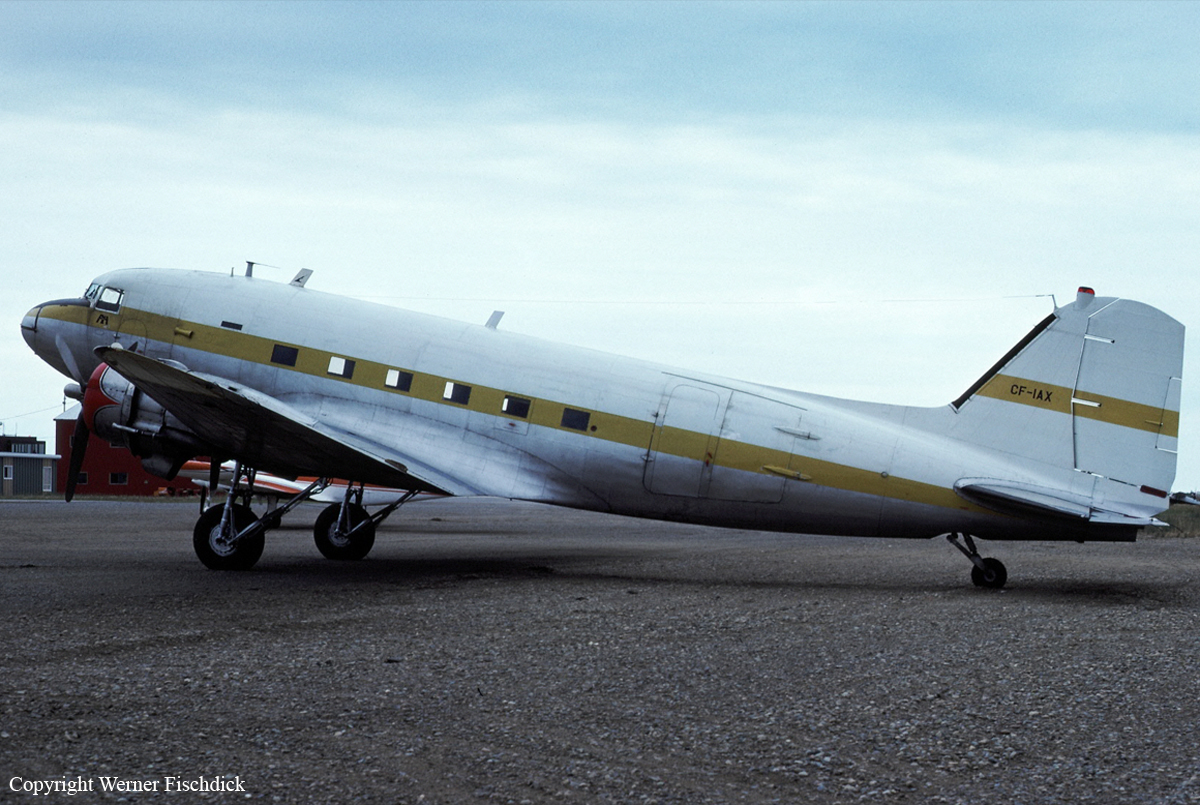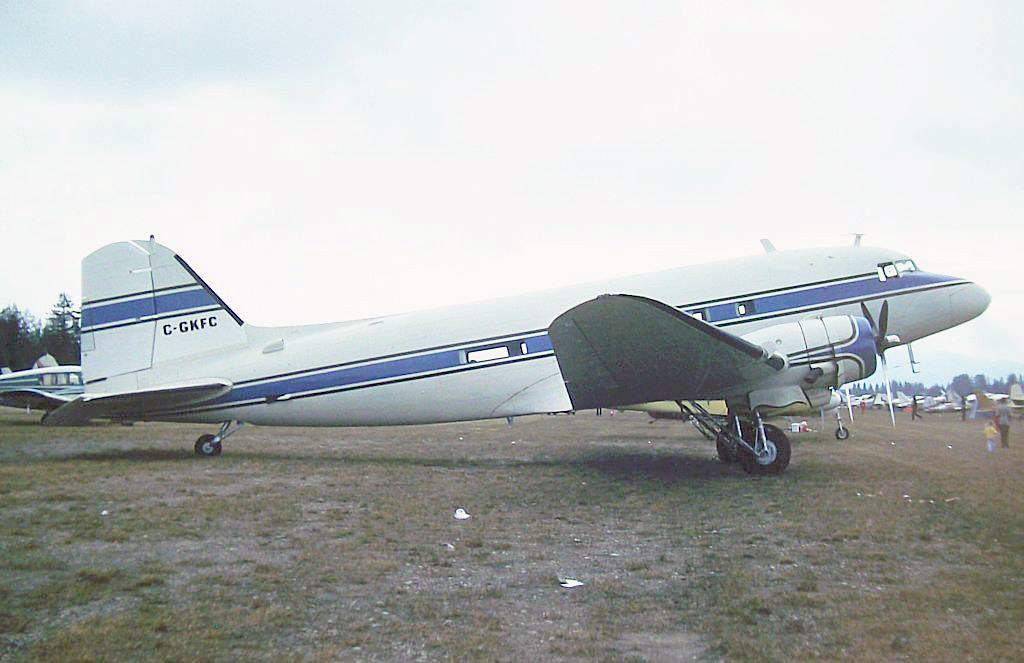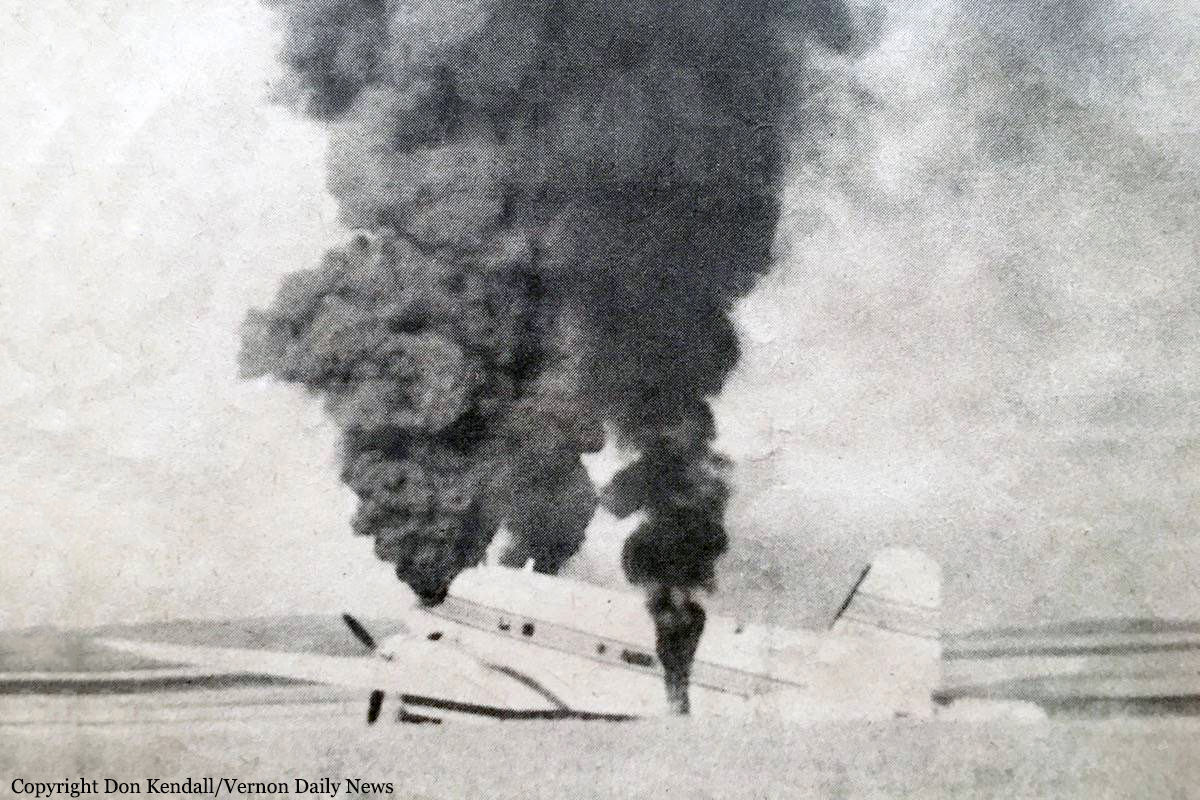Crash of a Rockwell Aero Commander 500B in Twin Falls
Date & Time:
Apr 2, 1977 at 0355 LT
Registration:
N223LH
Survivors:
Yes
Schedule:
Twin Falls – Boise – Twin Falls – Pocatello – Boise – Twin Falls
MSN:
500-1528-188
YOM:
1965
Crew on board:
1
Crew fatalities:
Pax on board:
0
Pax fatalities:
Other fatalities:
Total fatalities:
0
Captain / Total hours on type:
63.00
Circumstances:
While descending by night to Twin Falls, both engines stopped simultaneously. Due to loss of speed, the airplane lost height. The pilot elected to make an emergency landing when the airplane struck power cables and crashed in a snow covered field. The pilot was injured and the aircraft was damaged beyond repair.
Probable cause:
Double engine failure caused by a fuel exhaustion. The following contributing factors were reported:
- Collision with wires/poles,
- Mismanagement of fuel,
- Miscalculated fuel consumption,
- Fuel exhaustion,
- High obstructions.
- Collision with wires/poles,
- Mismanagement of fuel,
- Miscalculated fuel consumption,
- Fuel exhaustion,
- High obstructions.
Final Report:









